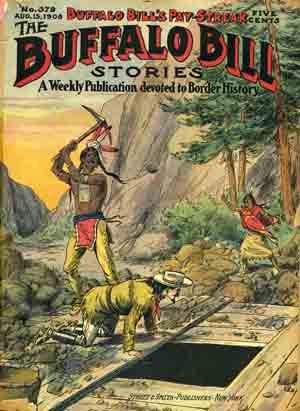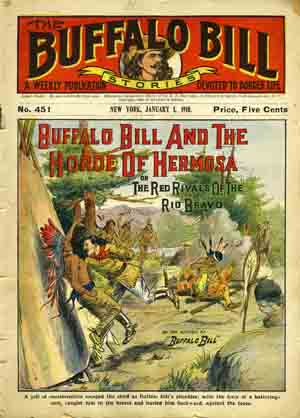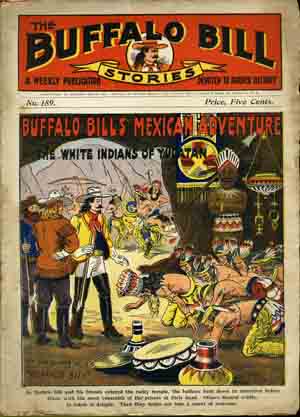The Ideals of Eugenics in Popular Fiction
A contemporary person may wonder how the Eugenics movement gained so much clout in turn-of-the-20th-Century society. Its practices such as forced sterilization, controlled marriage, and selective breeding that were accepted by many as a legitimate means of improving the human race now sound medieval in nature. The idea of a "master race" lost credibility by the end of World War II, as the entire world witnessed the devastation and horror brought on by Nazi's application of Eugenics. In America, especially after the Civil Rights Movement, to discriminate based on race became more widely viewed as ignorant, or at least politically incorrect. Before that, however, it was common societal practice to view different races as genetically and socially inferior to the Caucasian ethnicity. In society, ingrained ideals of the perfect man and the inferiority of non-Caucasian races were widely accepted and followed. The American dime novel, due to mass weekly printing and low prices, reached a broader and more impressionable amount of American society than most other types of literature. This is especially true about the large number of young readers who would see the ideals propagated in these works as the archetype of what a man should be. Ideals expressed in these serial-novellas therefore are a very good indicator of what an "average American" in the early 20th century aspired to be like. The views and assumptions contained therein similarly reflect those of the bulk of the populace. The ideas of Eugenics can be spotted throughout these dime novels and the role they played in creating American culture should not be understated.




